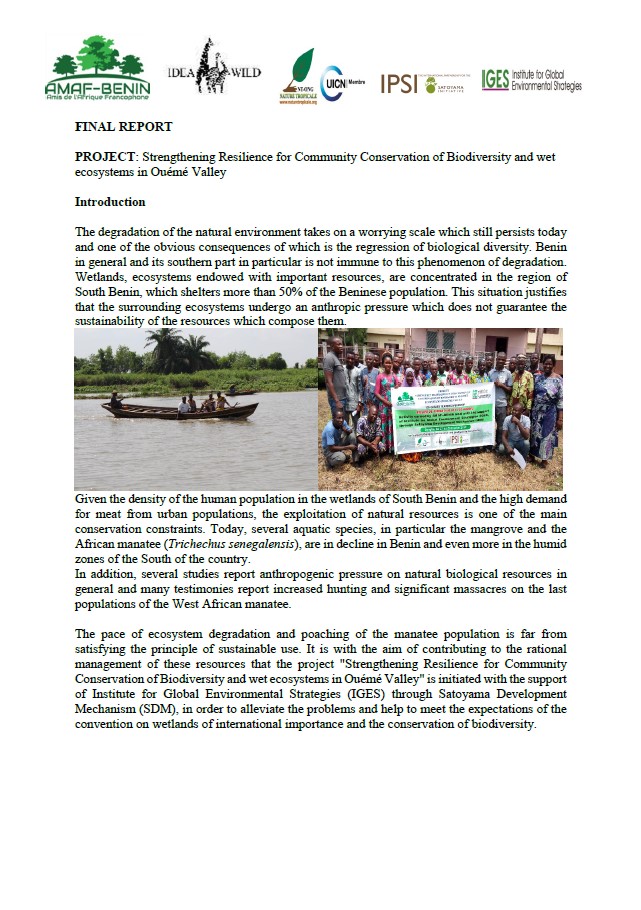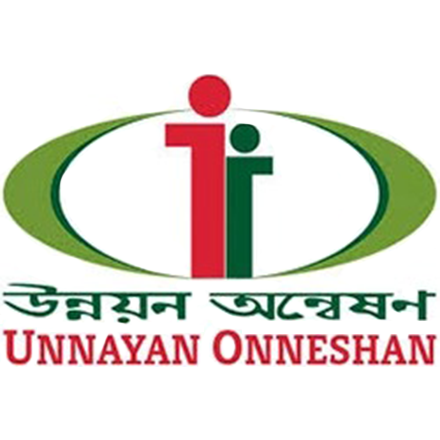General Report AMAF Project: Strengthening Resilience for Community Conservation of Biodiversity and wet ecosystems in Ouémé Valley
The degradation of the natural environment takes on a worrying scale which still persists today and one of the obvious consequences of which is the regression of biological diversity. Benin in general and its southern part in particular is not immune to this phenomenon of degradation.
Wetlands, ecosystems endowed with important resources, are concentrated in the region of South Benin, which shelters more than 50% of the Beninese population. This situation justifies that the surrounding ecosystems undergo an anthropic pressure which does not guarantee the sustainability of the resources which compose them.
Given the density of the human population in the wetlands of South Benin and the high demand for meat from urban populations, the exploitation of natural resources is one of the main conservation constraints. Today, several aquatic species, in particular the mangrove and the African manatee (Trichechus senegalensis), are in decline in Benin and even more in the humid zones of the South of the country.
In addition, several studies report anthropogenic pressure on natural biological resources in general and many testimonies report increased hunting and significant massacres on the last populations of the West African manatee.
The pace of ecosystem degradation and poaching of the manatee population is far from satisfying the principle of sustainable use. It is with the aim of contributing to the rational management of these resources that the project "Strengthening Resilience for Community Conservation of Biodiversity and wet ecosystems in Ouémé Valley" is initiated with the support of Institute for Global Environmental Strategies (IGES) through Satoyama Development Mechanism (SDM), in order to alleviate the problems and help to meet the expectations of the convention on wetlands of international importance and the conservation of biodiversity.
- Country
- Benin
- Organisation
- Amis de l’Afrique Francophone - Benin (AMAF-BENIN)
- Publisher
- Amis de l’Afrique Francophone - Benin (AMAF-BENIN)
- Publication date
- August 1970

